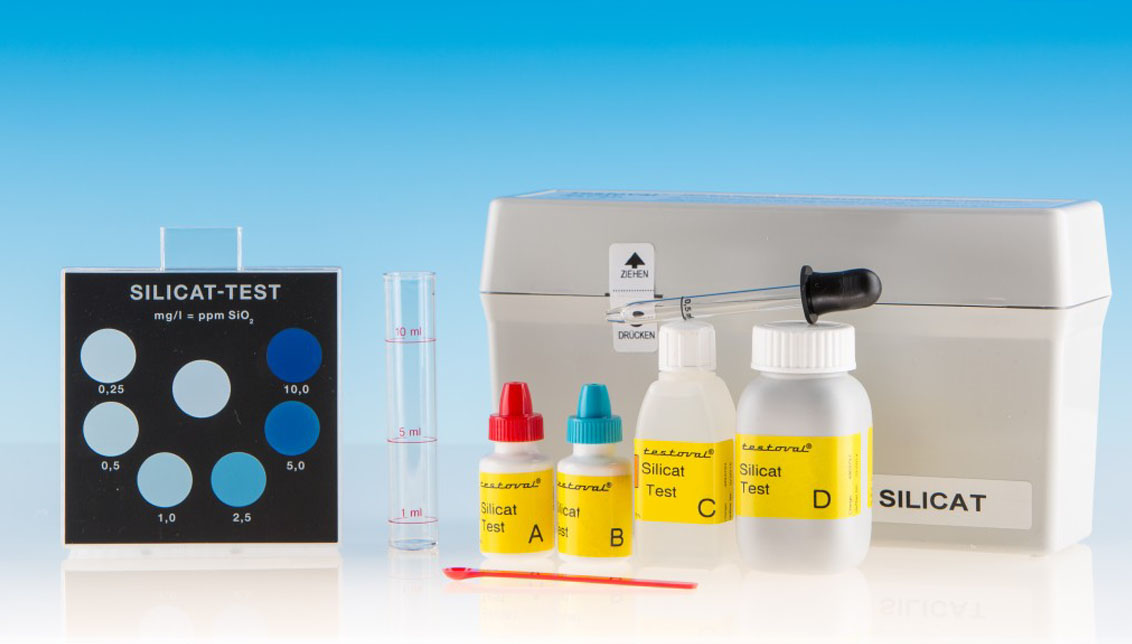Legionella in water
What is Legionella?
Legionella is a genus of rod-shaped bacteria. They are found in damp biotopes and bodies of water. What is particularly relevant for us humans is that they are found in technical water systems, such as sewage treatment plants, recooling plants or drinking water installations.
How are legionella transmitted and what happens after an infection?
Legionella are transmitted by finely atomized, nebulized water, also known as aerosols. The infected aerosols can spread in the air and be inhaled by us. Possible sources of infection include showers, humidifiers and industrial facilities. There is a particular risk in medical facilities such as hospitals or doctors' surgeries, but also in old people's homes, where the residents' immune systems are no longer as strong.
However, they are not transmitted from person to person!
Legionella can cause two different types of disease in humans. One of these is Legionnaires' disease, this infection is a severe form of pneumonia (Legionella pneumonia). Typical symptoms of Legionnaires' disease are a severe cough, headache, chills or high fever. Diarrhea and severe abdominal pain may also occur. With good and early treatment, there is a good chance of recovery. If not treated or treated incorrectly, it can be life-threatening. The milder form of the disease is Pontiac fever. This manifests itself in the form of a feverish infection without pneumonia, it is similar to flu and usually heals itself within a few days. The incubation period for Pontiac fever is usually between 3 hours and 3 days. In the case of Legionnaires' disease, it is between 2 and 10 days.
People with underlying illnesses such as diabetes or chronic heart and lung diseases are particularly at risk from Legionella-related illnesses. Smokers are also at high risk.
When do they occur?
- Temperatures
- Legionella multiply particularly well in a temperature range of 25-45 °C. They are inactive at temperatures below 20°C. They die at temperatures above 60°C.
- Stagnant Water
- Legionella can occur and multiply in water systems with stagnation (stagnant water). This often happens in rarely used pipes or in water tanks.
- Unmaintained Systems
- Limescale and rust deposits provide additional nutrients and protection for the bacteria.
In summary, Legionella bacteria are caused by the interaction of moderate temperatures, in stagnant water or in systems that are not adequately maintained.
In hospitals in particular, strict regulations apply to the control and monitoring of legionella in the water system.
Legionella is particularly dangerous in hospitals because it can cause severe pneumonia (Legionnaires' disease), which is life-threatening for weakened or immunocompromised patients. Here are the main reasons:
- debilitated patients: Many hospitalized patients have weakened immune systems due to illness, surgery or medications, making them more susceptible to infection.
- transmission through water: Legionella spreads via aerosols, e.g. through showers, taps, air conditioning systems or medical devices that use water. There are many opportunities for such transmission in hospitals.
- severe course of the disease: Legionnaires' disease can quickly lead to severe pneumonia, which requires intensive medical treatment.
- particularly vulnerable groups: Elderly people, newborns, cancer patients and people with chronic illnesses are particularly at risk.
- growth in hot water systems: Legionella multiplies at water temperatures between 25 and 45 °C, as found in many hospital systems, if the systems are not regularly maintained.
How do our expert products help you prevent legionella in your systems?
The solution we offer to prevent legionella is to kill the germs using chlorine dioxide. Due to its high redox potential, chlorine dioxide has a much stronger disinfection effect against all types of germs or impurities compared to other biocides, and its oxidation potential is also higher than that of chlorine, meaning that significantly fewer chemicals need to be used. Free legionella in the water can thus be safely killed. We offer two chlorine dioxide generators from the EMEC brand. One is the „emec LOTUS MINI 8 - chlorine dioxide generator“ an the larger version, the „emec LOTUS MINI 20 – Chlordioxidgenerator“.
Here are some more advantages of the emec LOTUS MINI models:
- Reaction under atmospheric pressure
- High stability of the chlorine dioxide solution
- No loss of CIO2 due to closed reaction chamber
- Use of diluted chemicals
- Real-time production data
Use emec's chlorine dioxide generators as a safe solution to kill legionella in water and ensure your health and the health of your patients.
To prevent the formation of legionella in showers and taps, we offer you terminal water filters in the HeylNeomeris product portfolio.
Terminal water filters (also known as point-of-use filters) can prevent Legionella in taps or showers by providing a physical barrier that removes bacteria from the water.
Our team of experts will be happy to advise you on the right products to prevent legionella.





